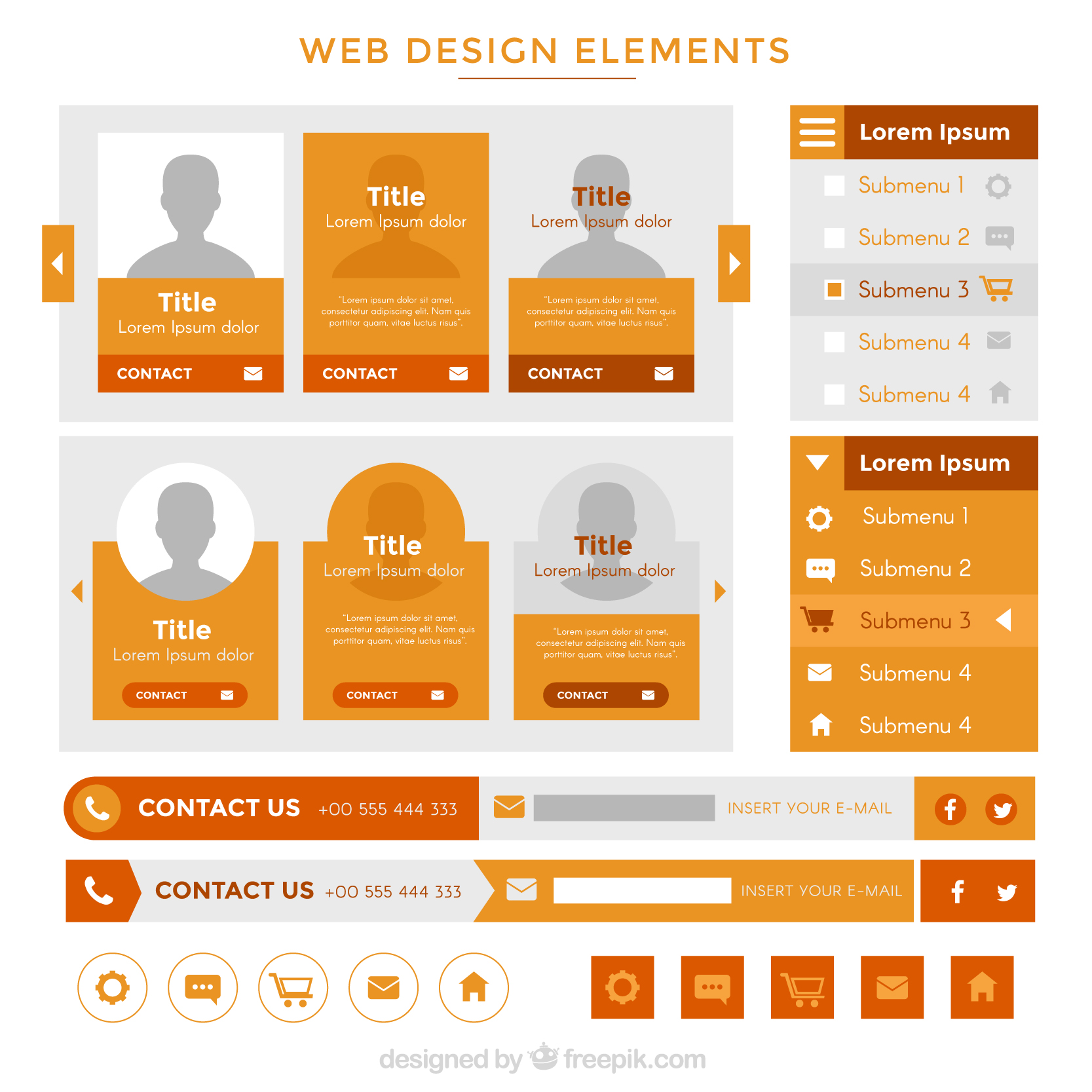info@sadi.co.ke
+254727368241
Introduction:
In today's digital age, designing a website with your audience in mind is paramount to success. A user-centric web design approach ensures that your site caters to your visitors' needs and preferences, ultimately leading to a better user experience, increased engagement, and higher conversion rates.
Understanding Your Audience:
Audience Profiling: Start by creating detailed user personas. These personas should represent your ideal website visitors, including their demographics, interests, and pain points.
User Surveys and Feedback: Gather insights through surveys, interviews, or feedback forms. Understand what your audience likes, dislikes, and what improvements they'd appreciate.
Responsive Design:
Mobile Optimization: Given the prevalence of mobile users, ensure your website is responsive, adapting seamlessly to various screen sizes and devices.
Load Times: Users expect fast-loading pages. Compress images, leverage browser caching, and minimize HTTP requests to speed up your site.
User-Friendly Navigation:
Intuitive Menus: Design clear and logical menus and navigation paths. Users should easily find what they're looking for.
User Flow Testing: Analyze how users navigate through your website. Ensure key information is accessible within a few clicks.
Content Relevance:
Tailored Content: Provide content that caters to your audience's needs and preferences. Address their questions, offer solutions, and deliver value.
Visual Appeal: Use high-quality images, videos, and graphics that resonate with your audience. Consistency in branding and style is crucial.
Accessibility and Inclusivity:
Accessibility Standards: Comply with web accessibility guidelines (like WCAG) to ensure all users, including those with disabilities, can easily access your content.
Engagement Features:
Interactive Elements: Include features such as comment sections, social sharing, or live chat for user interaction.
A/B Testing:
Continuous Improvement: Regularly conduct A/B tests to optimize website elements. Test different calls-to-action, headlines, or design elements to see what resonates best with your audience.
Feedback Mechanisms:
Feedback Loops: Encourage user feedback and act on it. Regularly analyze feedback to improve your website.
Performance Monitoring:
Analytics Tools: Utilize tools like Google Analytics to monitor user behavior, traffic sources, and conversion rates. Make data-driven decisions based on user interactions.
Support and Assistance:
User Support: Offer clear contact options and provide user assistance through FAQs or knowledge bases.
Security and Privacy:
Conclusion
Trust Building: Assure users of their data security and privacy. Display trust signals, such as SSL certificates and privacy policies.
In essence, user-centric web design revolves around empathy and understanding. By consistently focusing on your audience's needs and feedback, your website can evolve to meet those needs effectively. As a result, your site will attract, engage, and retain a loyal user base, ultimately driving the success of your online presence.
 October 24, 2023 - BY Admin
October 24, 2023 - BY Admin